Given this circuit

simulate this circuit – Schematic created using CircuitLab
I am trying to prove that the opamp works in saturation region as instructed in the first answer to this question : How are positive and negative feedback of opamps so different? How to analyse a circuit where both are present?
So, we have
$$ V^- = V_{in} $$ $$ V^+ = \dfrac{R_1}{R_1+R_2}V_{out} $$ $$ V_{out} = A_v(V^+ − V^-) $$ $$ V_{out} = A_v(\dfrac{R_1}{R_1+R_2} V_{out} − V_{in}) $$ $$ \lim_{A_v\to\infty}\frac{V_{out}}{V_{in}} = \lim_{A_v\to\infty}\dfrac{Av}{Av \frac{R_1}{R_1+R_2} - 1} $$ $$ \lim_{A_v\to\infty}\frac{V_{out}}{V_{in}} = 1 + \frac{R_2}{R_1} $$ \$\frac{Vout}{Vin}\$ is finite, even though the feedback is positive! Why is the circuit working in saturation region instead of the linear one?
Am I missing something here?!!